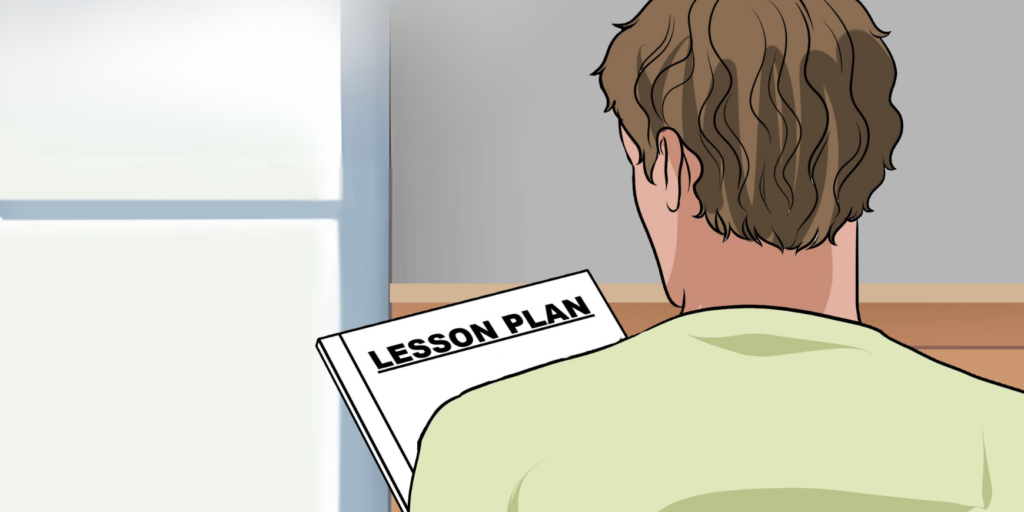Creating a well-structured and effective B Ed lesson plan is crucial for teachers to deliver engaging and meaningful lessons. Whether you are a seasoned educator or a fresh graduate, mastering the art of lesson planning is essential. In this article, we will guide you through the process of crafting a B Ed lesson plan that ensures a productive and engaging learning experience for your students.
Understanding the Components of a B Ed Lesson Plan
Before diving into the actual process of writing a B Ed lesson plan, let’s first explore its key components:
Lesson Objectives
Begin by clearly defining the objectives you want to achieve through your lesson. What specific knowledge or skills do you want your students to acquire? Setting clear objectives will help you structure your lesson effectively.
Engage your students right from the start by capturing their attention and introducing the lesson’s topic. This is a great opportunity to pique their curiosity and create a connection between prior knowledge and the upcoming lesson.
Instructional Strategies
Choose appropriate teaching methods and strategies that align with your objectives. Whether you opt for direct instruction, group work, or hands-on activities, ensure that the chosen strategies effectively convey the information and engage your students.
Learning Materials and Resources
Select relevant and reliable materials that support your lesson goals. These can include textbooks, online resources, multimedia materials, or even real-life examples. Utilizing a variety of resources will make your lesson more dynamic and inclusive.
Assessment and Evaluation
Plan how you will assess your student’s understanding of the lesson. Consider formative assessment techniques such as quizzes, discussions, or group projects. This will help you gauge their progress and adjust your teaching approach accordingly.
Closure
Wrap up your lesson by summarizing the key points and reinforcing the main takeaways. Providing closure allows students to consolidate their learning and helps them understand the relevance of the lesson in the broader context.
Tips for Writing an Effective B Ed Lesson Plan
Now that you have a clear understanding of the key components, let’s delve into some tips that will help you write an effective B Ed lesson plan:
Keep It Simple and Engaging
Avoid complex language and jargon that might confuse your students. Use clear and concise instructions, and incorporate engaging activities and examples to maintain their interest throughout the lesson.
Use the Active Voice
Write your lesson plan using the active voice to make it more dynamic and impactful. This will also help create a sense of ownership and responsibility among your students.
Incorporate Rhetorical Questions
Integrate rhetorical questions strategically throughout your lesson plan. These questions will prompt students to think critically and actively participate in the learning process.
Utilize Analogies and Metaphors
Make abstract concepts more relatable and understandable by incorporating analogies and metaphors. This technique will enhance students’ comprehension and make the lesson more memorable.
Writing a B Ed lesson plan requires careful consideration of various components and objectives. By following the steps outlined in this article and implementing the provided tips, you will be well-equipped to create effective and engaging lesson plans that maximize student learning outcomes. Remember, a well-structured lesson plan is the key to creating an enriching educational experience for your students.

